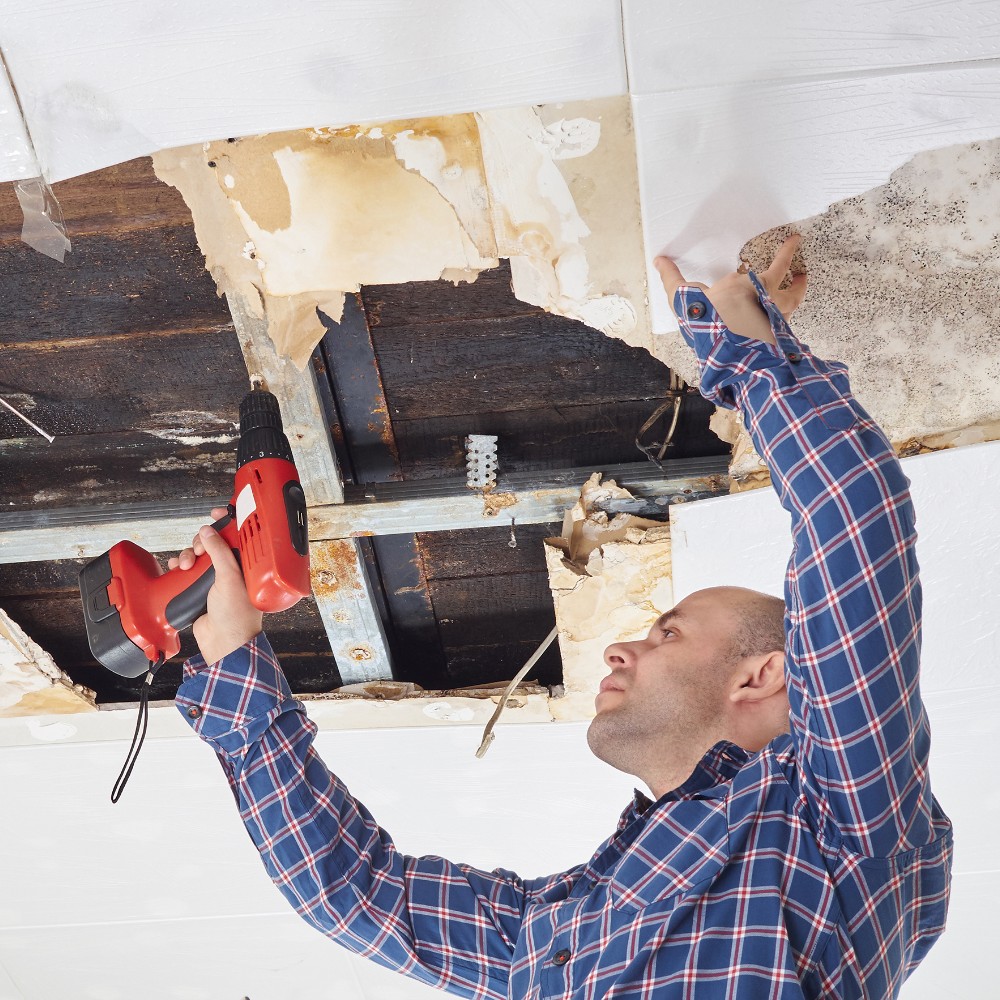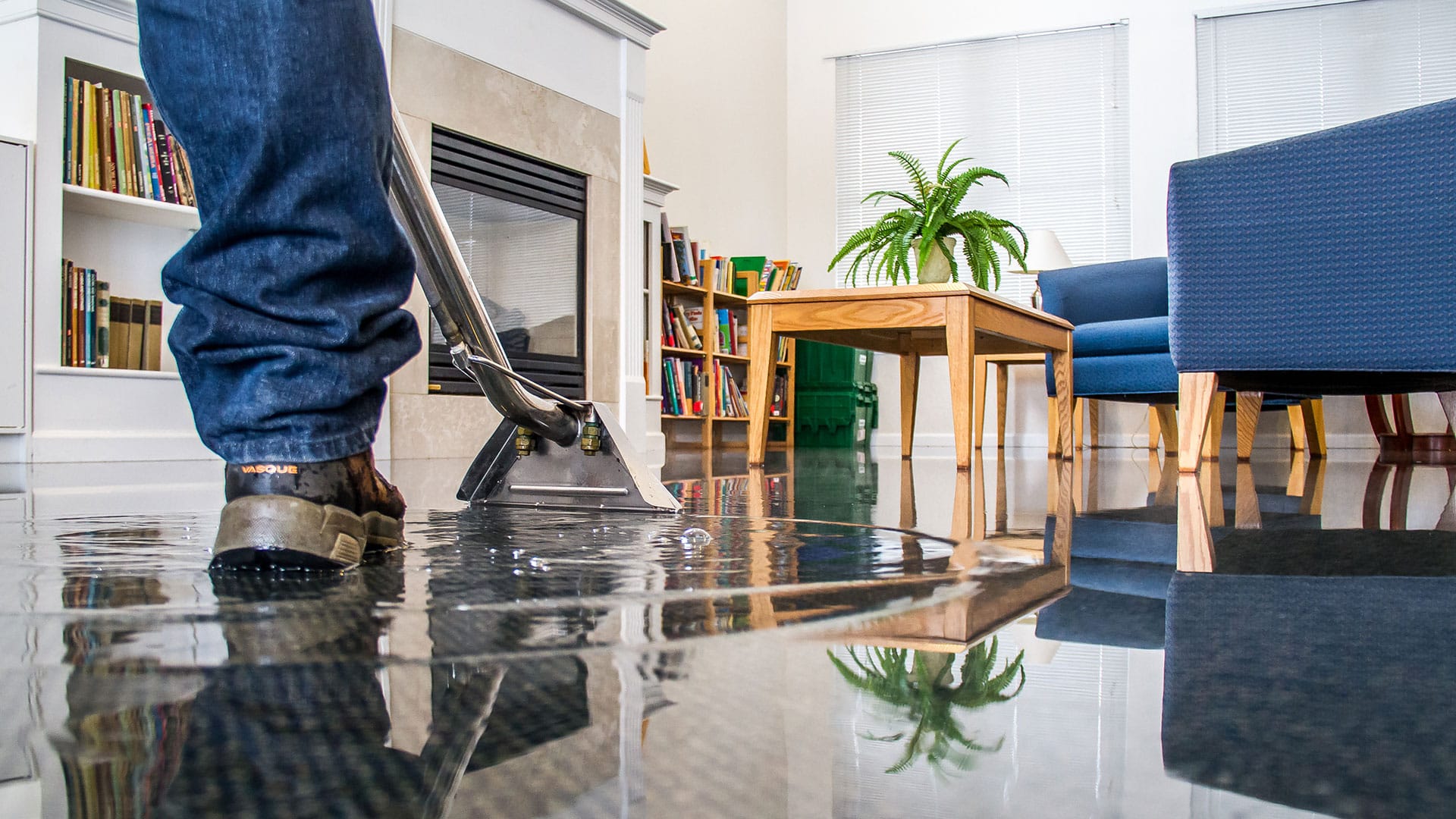Comprehensive Damage Restoration Services for All Types of Water Damage
Comprehensive Damage Restoration Services for All Types of Water Damage
Blog Article
The Process of Water Damage Clean-up: Ensuring Your Home Is Brought Back Successfully
Water damages can be a challenging challenge for homeowners, necessitating a thorough and structured cleaning procedure to bring back security and functionality. damage restoration services. Following this, effective water removal techniques play a pivotal role in minimizing additional injury.
Assessing the Damage
Upon finding water damage, the initial step is to thoroughly assess the extent of the impact. This preliminary analysis is critical, as it assists determine the necessary actions for efficient cleaning and repair. Begin by inspecting the affected locations, consisting of walls, ceilings, floorings, and individual possessions, to determine the source of the water invasion, whether from flooding, leakages, or condensation.
Documenting the damages is essential for both insurance policy claims and preparing reconstruction initiatives - damage restoration services. Use photos and created notes to catch the seriousness of the damages, keeping in mind any afflicted structural aspects and products. Pay unique attention to locations that might not be promptly noticeable, such as behind walls and under carpetings, as hidden dampness can cause additional difficulties, including mold and mildew growth
Furthermore, examine the timeline of the water direct exposure. The longer the products remain wet, the higher the possibility for damage. Understanding the duration of exposure will notify the seriousness of remediation efforts. Ultimately, a thorough assessment lays the groundwork for a successful water damage clean-up process, making sure that all influenced areas are resolved properly and extensively.
Water Removal Techniques

Experts normally use submersible pumps for larger quantities of water, which can quickly alleviate flooding in basements or various other influenced areas. For smaller amounts, wet/dry vacuums are commonly made use of to draw out recurring wetness from carpets and difficult surfaces. Furthermore, making use of mobile extractors enables targeted removal in confined rooms or areas with fragile materials.
In instances of polluted water, such as sewage or floodwater, advanced removal methods might entail using biohazard devices to make certain security and conformity with wellness guidelines. High-powered extraction tools are essential in lessening water retention in architectural products, which can result in mold development and structural degeneration if not dealt with quickly.
Eventually, the efficiency of water extraction strategies plays a crucial function in the overall success of the water damage cleanup procedure, laying the groundwork for succeeding repair efforts.
Drying and Dehumidification
Once standing water has been effectively extracted, the next important phase in the water damage clean-up process is drying and dehumidification. This action is vital to protect against additional damages and mold and mildew growth, which can occur within 24 to 48 hours in damp environments.
To attain efficient drying out, specialized devices such as industrial-grade air movers and dehumidifiers is employed. Air moving companies flow air throughout wet surfaces, boosting evaporation rates, while dehumidifiers decrease moisture degrees airborne, my review here advertising a helpful atmosphere for drying. The combination of these tools makes sure that dampness is extracted from walls, floors, and furnishings, permitting them to dry completely.
It is necessary to keep an eye on the drying out process closely. Experts typically use wetness meters to evaluate the wetness web content in numerous materials, making certain that all affected areas get to acceptable dryness levels. This precise method assists to stop hidden wetness pockets that might result in architectural damages or undesirable mold and mildew development.

Cleaning and Sanitizing
After the drying out and dehumidification stage is complete, the next vital step in water damages clean-up is cleansing and disinfecting the affected locations. This process is essential to protect against the growth of mold, bacteria, and other virus that prosper in damp atmospheres.
The cleaning stage generally entails removing any type of debris, dirt, and pollutants from surface areas utilizing specialized cleaning representatives. For difficult surfaces, a mix of soap and water or business cleansing items is usually utilized. Soft products, such as upholstery and rugs, might call for more extensive cleaning techniques, consisting of vapor cleansing or deep removal methods, to guarantee comprehensive cleanliness.

Disinfecting adheres to cleansing, utilizing EPA-approved disinfectants to get rid of harmful microbes. This action is essential, particularly in locations that might have entered into contact with floodwaters or sewage, as these resources can pose severe health risks.
In addition, it is necessary to deal with any kind of staying smells, which might need making use of odor neutralizers or advanced strategies like ozone treatment. Appropriate cleaning and disinfecting not only bring back the security he said and hygiene of your home yet also prepared for successful restoration and repairs in succeeding phases of the water damage cleanup procedure.
Remediation and Repair Work

When the assessment is total, remediation efforts can start. In addition, floor covering may need comparable attention, depending on the degree of water direct exposure.
It is critical to involve skilled repair experts during this procedure, as they possess the proficiency to take care of intricate repair services efficiently. They can assist reduce potential check my reference future problems, such as mold growth or architectural instability, therefore guaranteeing a habitable and risk-free living setting. Ultimately, efficient remediation and fixings bring back the home's honesty and enhance its total worth.
Conclusion
Finally, the procedure of water damage cleaning is vital for recovering a home to its pre-damage condition. Each phase, from analyzing the damages to executing efficient water removal techniques, complied with by detailed drying out, sanitizing, and required repair services, plays an important function in making certain security and compliance with building requirements. Effective implementation of these actions not just minimizes immediate damages but also enhances the long-term integrity and value of the property.
Water damages can be a difficult challenge for homeowners, demanding a careful and structured clean-up process to recover safety and capability. Eventually, a thorough evaluation lays the foundation for a successful water damages cleanup process, making certain that all impacted locations are dealt with effectively and completely.
Efficient water removal methods are essential in alleviating damages and stopping further issues complying with a water invasion event.In conclusion, the process of water damages cleaning is essential for restoring a home to its pre-damage problem. Each phase, from evaluating the damage to applying effective water extraction methods, followed by thorough drying, sterilizing, and needed fixings, plays a necessary role in making certain safety and compliance with building requirements.
Report this page